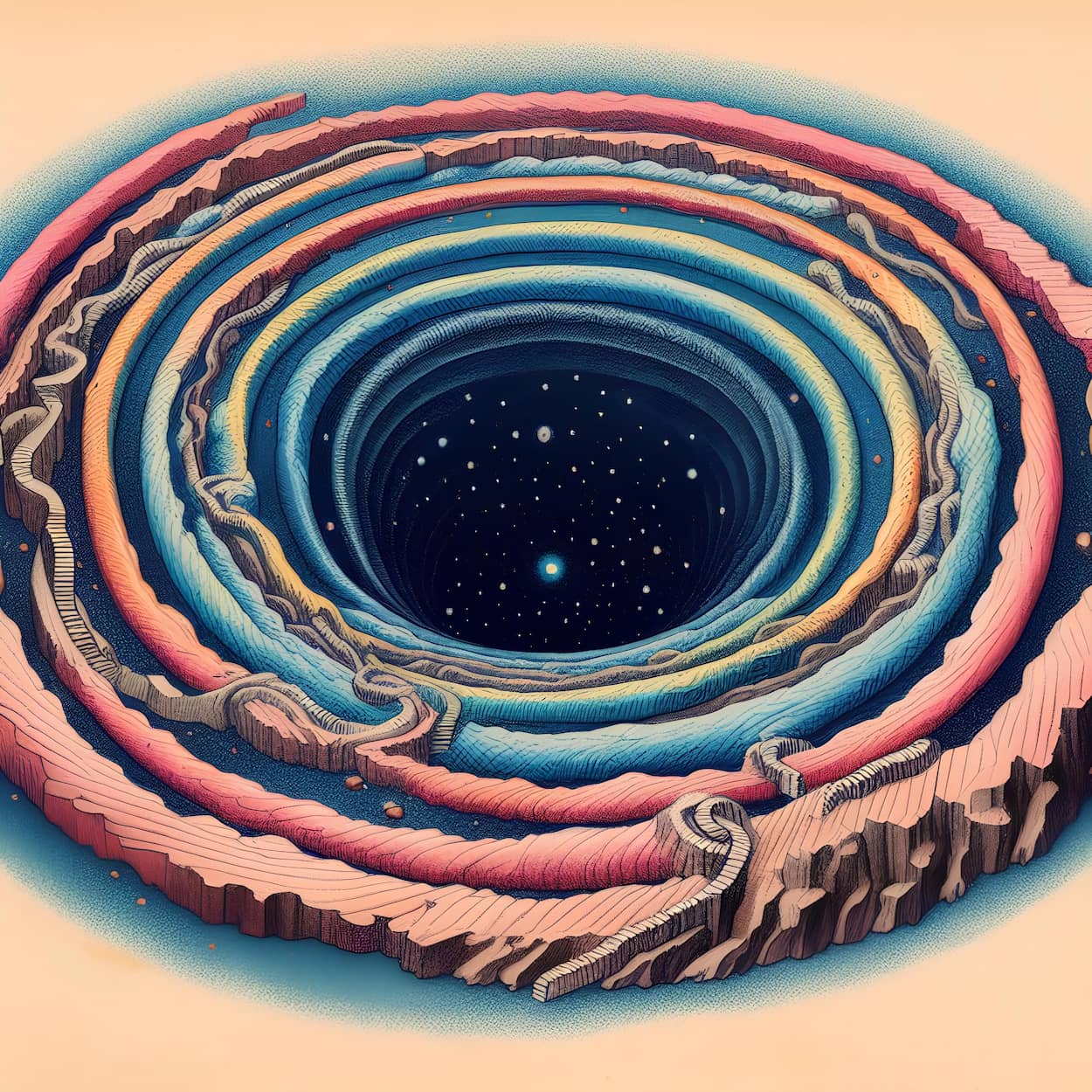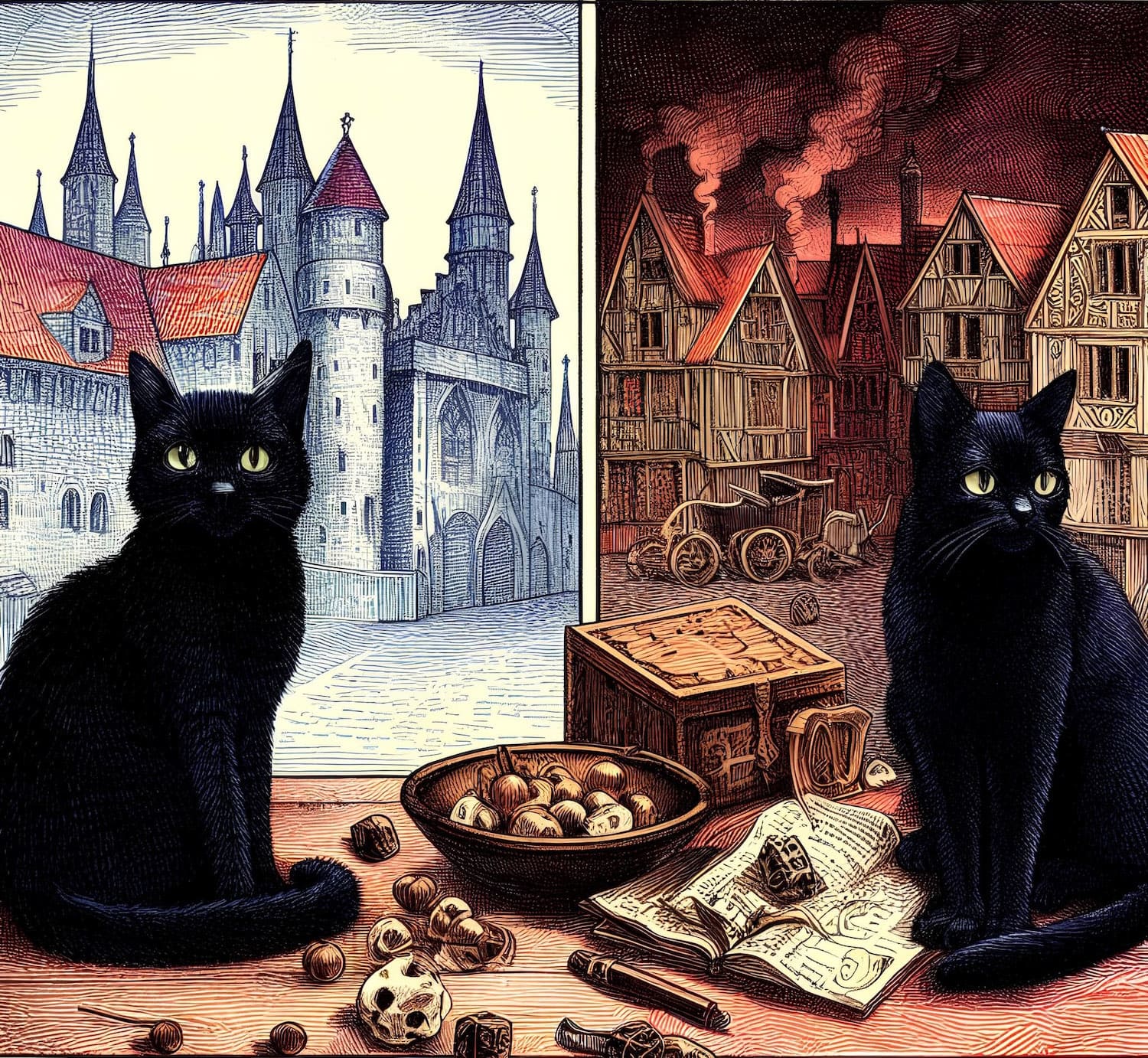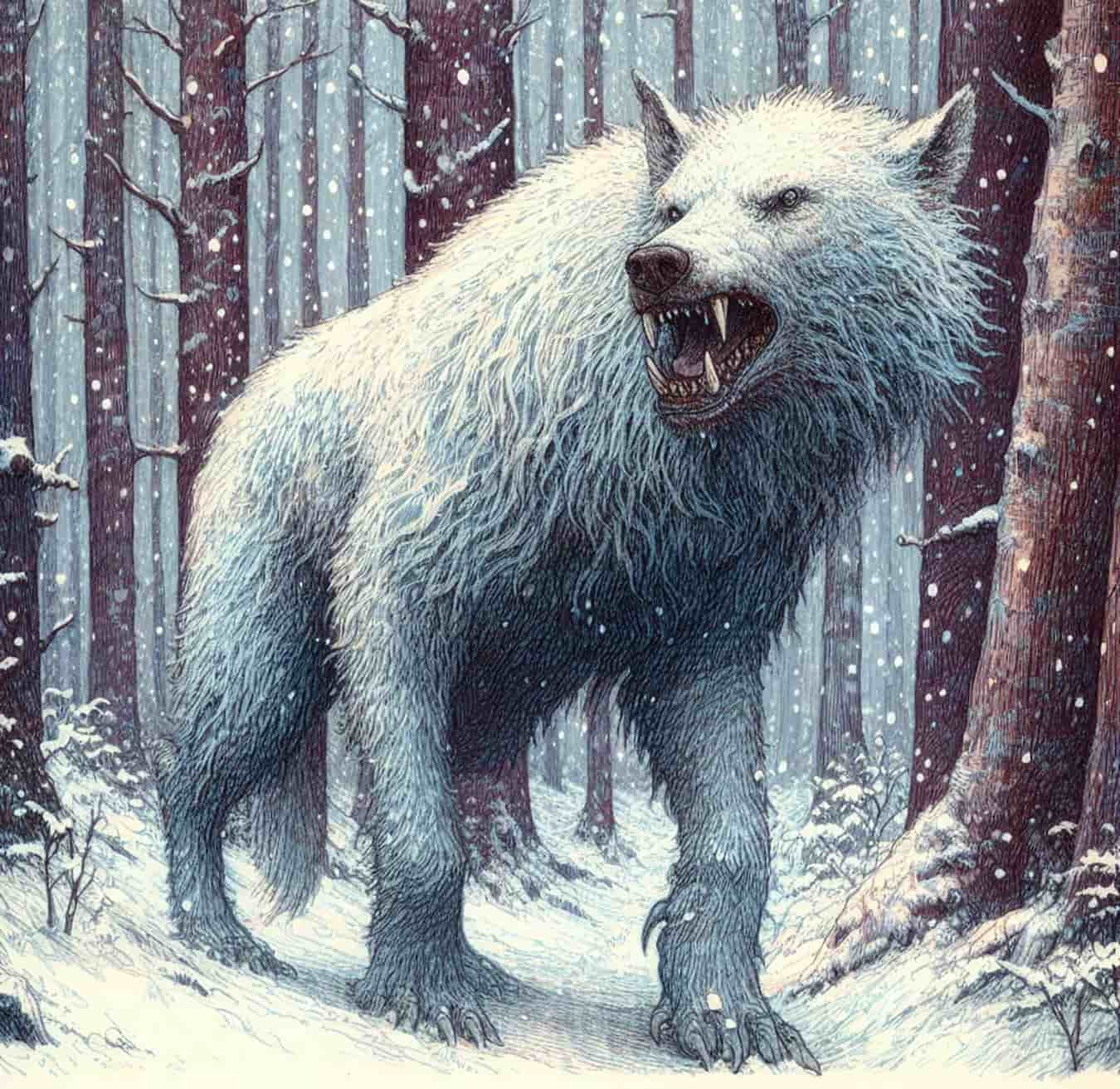Have you ever wondered how the world came to be, according to ancient Norse beliefs? What was there before the earth, the sky, the sea, and the gods? The answer is Ginnungagap, the vast and empty abyss that existed between the realms of fire and ice.
—> Details about Ginnungagap is found in both the Prose Edda and the Poetic Edda, two primary sources of Norse mythology. These texts, attributed to the Icelandic scholar Snorri Sturluson, contain detailed accounts of the Norse cosmogony.
Ginnungagap, which means “the gaping gap” or “the yawning void”, is the name given to the primordial space in Norse creation myth. It is described as a dark and silent place where nothing existed except the potential for life.
In Norse cosmology, there were nine worlds, each with its own inhabitants and characteristics. But before these worlds were formed, there were only two extreme realms: Niflheim, the land of mist and cold, and Muspelheim, the land of fire and heat. Ginnungagap, which extended from north to south, was the barrier separating these two realms.
The first sparks of creation happened when the cold winds from Niflheim met the hot sparks from Muspelheim in Ginnungagap. The clash of these opposite forces produced drops of melted ice, which formed the first living being: Ymir, the giant. Ymir was the ancestor of all the giants, who were the enemies of the gods. Ymir was also nourished by the milk of Auðumbla (Audhumla), the primeval cow, who licked the salty ice and revealed the first god: Buri, the father of Bor, who was the father of Odin, Vili, and Ve.
—> Ginnungagap is the cosmic void from which Yggdrasil, the world tree, emerges. Yggdrasil’s roots extend into Ginnungagap, connecting different realms and serving as a central axis of the Norse cosmos.
The three brothers, Odin, Vili, and Ve, decided to kill Ymir and use his body to create the world. They threw his flesh into Ginnungagap and made the earth; his blood became the sea; his bones became the mountains; his teeth became the rocks; his hair became the trees; and his skull became the sky. They also took sparks from Muspelheim and placed them in the sky to make the sun, the moon, and the stars.
They then created the first humans, Ask and Embla, from two pieces of wood and gave them the world of Midgard to live in.
Ginnungagap, therefore, was the origin of everything in Norse mythology. It was the source of life, but also of chaos and destruction. It was the place where the opposites met and created something new. It was also the place where the final battle, Ragnarök, would take place, when the giants and the gods would fight and destroy each other, and the world would end in fire and ice. But after Ragnarök, a new world would emerge from Ginnungagap, where the survivors would start a new cycle of life.






